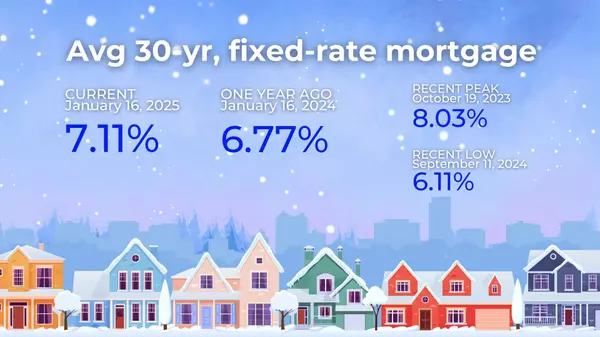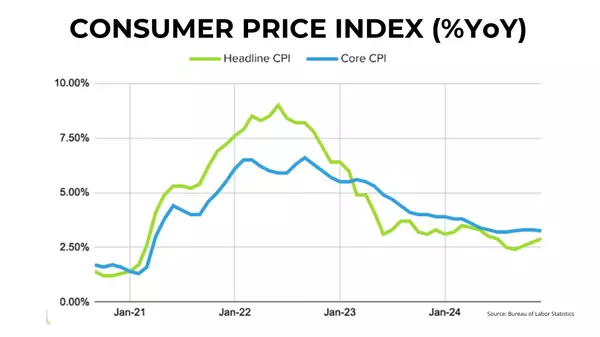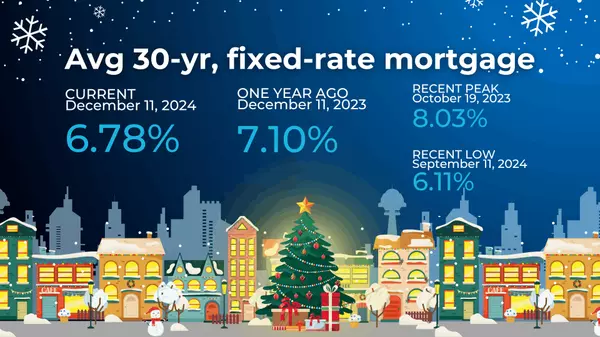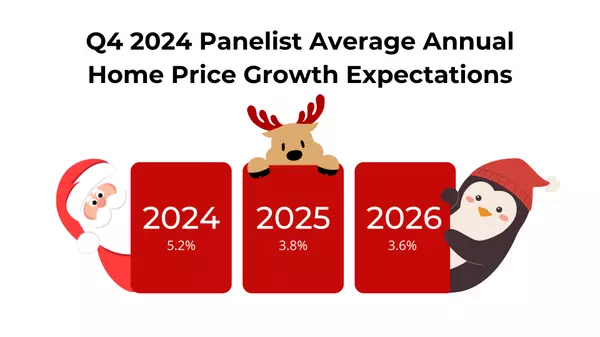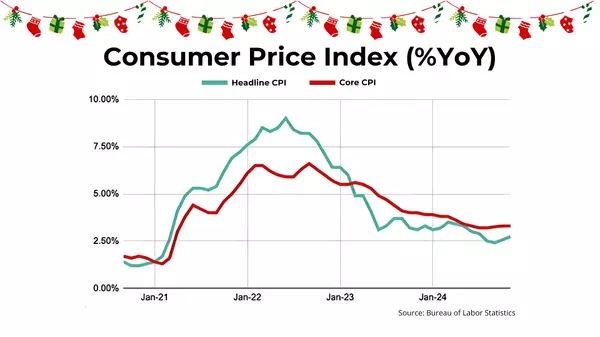VIDEOS
Check out our video resources to learn more about the buying and selling process

Massachusetts Real Estate Tax Burden: Among Top Five Nationwide
The analysis, based on real estate tax rates, positioned Massachusetts at No. 34 overall but within the top 10 states where homeowners pay the most. In this article, we delve into the key findings of the report, shedding light on the annual tax figures and exploring how Massachusetts compares to

April 2023 - Greater Boston Real Estate Market Update
Are you curious about the Greater Boston real estate market in April 2023? In this blog post, we will show you how competitive the market is and what you need to know to succeed in this environment. Single Family Homes In April 2023, the median sales price for single-family homes in the Greater Bost

Homebuyers with Good Credit Face New Challenges with Loan Level Pricing Adjustments
Introduction Recent changes to loan level pricing adjustments (LLPAs) at Fannie Mae and Freddie Mac, ordered by the Federal Housing Finance Agency (FHFA), have resulted in higher upfront fees for many homebuyers, especially those with good credit scores. While the changes bring some positive develop
Categories
Recent Posts


